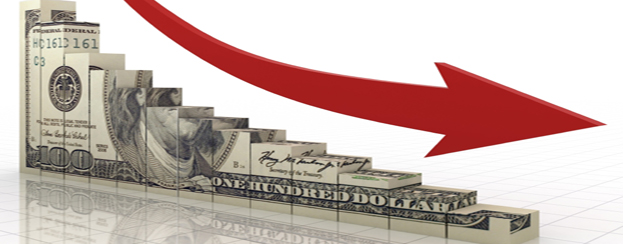


1. You can’t remember the last time your cost rates were updated. If you can’t remember the last time you updated rates, than they’re probably outdated and inaccurate. Keeping your rates up-to-date will sharpen your estimates and improve your ability to make pricing decisions.
2. Your rates have not been updated in well over a year. Business expenses, employee wages, and equipment productivity changes all the time – affecting the usefulness of your rates. This is why the industry best practice is to update your cost rates at least every 6 to 12 months.
3. Your estimate markups are not consistent with your profit margins. For example, you’re adding an 18% markup to your cost estimates, but your actual profit margins are only 8%. This is a good indication that you’re compensating for inaccurate cost rates with your markups. I.E. you’re under-recovering expenses in your rates by 10%; your rates are 10% to low.
4. Your rates came from somewhere else. The hourly cost rates you’re using for estimating and/or costing came from another source such as the NAPL Blue Books, your MIS software vendor, or industry publications. While these may be good resources for benchmarking your rates, they do not represent your own business expenses and rates.
5. Your shop is busy with work, but you’re profit margins are poor; no matter how high your markups. Your cost rates are too low and not sufficiently recovering your manufacturing and/or overhead costs. This is causing your company to win low-margin and high risk orders.
6. Your prices are too high on large dollar quotes. If your cost rates are too high than you may be over-recovering your manufacturing and/or overhead costs. This is causing your company to lose high volume large dollar orders.
7. You win less than 30% of the estimates you quote. Your estimate cost rates may be over-compensating your recovery costs and driving prices up, even with modest markups. True cost estimates combined with the right pricing strategy could increase your quote win ratio to 40%-50%.
8. Your actual job costs are not aligned with your estimated costs. When you compare your estimated costs to your actual job costs, there is often a discrepancy. This is caused by estimating costs and standards that do not reflect actual costs and standards. There should be minimal difference between your estimated costs and your actual job costs.
9. What are budgeted hourly cost rates? If your company is not familiar with the terms “Budgeted Hourly Rates”, “BHR, “All Inclusive Costs Rates”, or “Manufacturing Cost Rates” – then you definitely need to learn and calculate your cost rates.
10. You want to be as competitive as possible. A critical component of being competitive is having a clear understanding of your costs so you can intuitively price work. Accurate cost rates will enable your company to create cost estimates that represent your cost of doing business, improve your pricing abilities, and make you more competitive.
If any of these 10 reasons apply to Profectus, then it’s probably time to update your rates. The most robust and easiest tool in the printing and packaging industry for calculating cost rates is CostRatesAdvisor.com. CostRatesAdvisor.com is cloud-based software that uses industry best practices and formulas to calculate the break-even cost of equipment and services based on your expenses, employee wages, assets, and production.